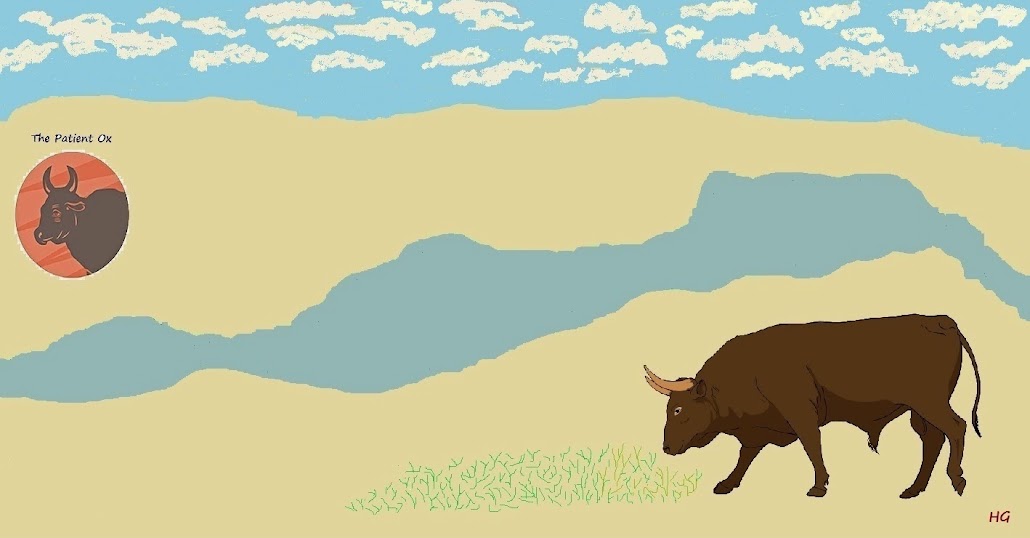G r e e t i n g s !
** TPO **
A personal blog with diverse topicality and multiple interests!
A personal blog with diverse topicality and multiple interests!
On the menu ... politics, music, poetry, and other good stuff.
There is humor, but there is blunt seriousness here as well!
There is humor, but there is blunt seriousness here as well!
Parfois, on parle français ici aussi. Je suis un francophile .... Bienvenue à tous!
* Your comments and evaluations are appreciated ! *
Saturday, June 4, 2011
Friday, June 3, 2011
Wisdom from the Fire Ant - TPO

---------------
By Brian Vastag
(The Washington Post - 04/25/2011)
Congress — and perhaps the rest of us — could learn a thing or two about teamwork from Solenopsis invicta, the dreaded fire ant.
When in danger of drowning, a colony of the critters — thousands of them — will save themselves by joining forces and forming a raft. They pile together and lock legs and jaws.
So bound, an ant raft can survive for months.
Engineers studying animal oddities now report that together, the ants aren’t just stronger. They’re floatier. Airtight, even. “Water does not penetrate the raft,” said Nathan Mlot, a mechanical engineer at the Georgia Institute of Technology and lead author of the ant-raft report published in Monday’s Proceedings of the National Academies. Even the bottom layer of ants stays dry, he said.
Engineers, Mlot went on to explain, think the rafting behavior might aid the quest for new waterproof materials and offer lessons for robotics research.
Individual fire ants, when dropped in water, struggle and flail, but a close inspection reveals a thin layer of air clinging to the swimmer. It’s a self-supplied, if only temporary, flotation device.
And although individual fire ants have been thoroughly studied in the lab, until now no one had bothered to figure out how ant rafts float.
The uneven, hairy surface of the ant’s skin explains this phenomenon. Bumpy, bristly, or otherwise rough surfaces repel water because of something called the Cassie-Baxter law of wetting. And unlike the McCain-Feingold law of campaign finance reform, Cassie-Baxter always applies.
This physical law states that as a surface gets rougher, water has a tougher time touching it. Duck feathers also repel water because of their tiny bumps.
So Mlot and his colleagues gathered up fire ants from the urban wilderness of Atlanta. The ants’ floating prowess makes them easy to collect. Just scoop up an ant mound, dump it in a bucket of water and collect the entire population as it pops to the surface.
Back in the lab, Mlot deposited colonies of 500 to 8,000 ants in large beakers. When gently swirled, each colony spontaneously formed a sphere.
Mlot dropped these spheres into water, and the amazing social behavior of ants became evident. The ants on top of the ball crawled down to the water and grabbed onto other water-level compatriots. The next layer of top ants then crawled to the edge, and so on. In about a minute and a half, each ant-sphere flattened into a dome, then flattened further into a pancake shape — a raft.
When the engineers flash-froze one ant raft with liquid nitrogen and scanned it under a microscope, they saw ants clinging to one another every which way — legs on legs, jaws on legs, jaws on jaws. They also counted about two-and-a-half layers of ants per raft.
This togetherness pushes each ant’s individual air bubble against the next ant’s bubble. The bubbles join, protecting the whole raft.
“If water can’t come into contact with one ant, or the next, or the next, air can’t get through,” said Mlot.
The rafts are so buoyant that the engineers had to push them eight inches underwater before any water leaked through. As the rafts submerged, the ants pulled together even more tightly, working together to maintain their watertight communal craft.
The rafting behavior likely evolved because fire ants hail from oft-flooded regions of Brazil and Argentina, saidAlexander Wild, an ant researcher at the University of Illinois at Urbana-Champaign. “This is a secret to their success,” he said of the biting pests that invaded the southern United States decades ago. Floods might wipe out other insects, but the fire ants survive.
Other species of ants huddle together to make structures, the most famous being the giant army ants of South America, which form beach-ball-size bivouacs each night. But entomologists say that only fire ants are known to make rafts.
When building these structures, no single ant is in charge. Yet what looks like chaos is really communal organization. The individuals act as one, becoming what entomologists call a super-organism.
Likewise, roboticists say that swarms of small, fairly dumb robots that each follow a few simple rules can achieve larger goals. Ants provide the blueprint for such “swarm intelligence,” said Mlot. “A simple robot is easier to program than a mega-smart one.”
And the lesson for Congress, which recently wound itself up in knots simply trying to keep the government afloat?
“These ants hang in there and figure out a way to get the job done,” said Michael Raupp, an entomologist at the University of Maryland at College Park. “It’s another fascinating example of altruistic behavior, ants acting as super-organisms. Insects doing insect things.”
------------------------------------------------------------------------
The Washington Post Company
Subscribe to:
Posts (Atom)


